Description
Illustrations to Shakespeare Pl.083 by John Massey Wright printed on a Sweatshirt
About the Sweatshirt
Regular fit
Standard length, the fabric easily gives into movement
Comfortable
The fabric and fit of this item are extra comfy
Tear-away tag
Easily removable tear-away tag that allows you to add a custom inside label
This Unisex Premium Sweatshirt has a classic crew neck, flattering unisex fit, and soft 100% cotton exterior.
- 100% cotton face
- 65% cotton, 35% polyester
- Charcoal Heather is 55% cotton, 45% polyester
- Fabric weight: 8.5 oz./yd.² (288.2 g/m²)
- Tightly knit 3-end fleece
- Side-seamed construction
- Self-fabric patch on the back
- Double-needle stitched rib collar, cuffs, and hem
- Tear-away label
John Massey Wright (1777–1866)
John Massey Wright was a British watercourist. He was the son of an organ-builder and was apprenticed to the same business, but, as it proved distasteful to him, he was allowed to follow his natural inclination for art. As a boy he was given the opportunity of watching Thomas Stothard when at work in his studio, but otherwise he was self-taught. About 1810 Wright became associated with Henry Aston Barker, for whose panorama in the Strand he did much excellent work, including the battles of Coruña, Vittoria, and Waterloo.
He was also employed for a time as a scene-painter at the opera-house. But his reputation rests upon his small compositions illustrating Shakespeare and other poets, which were extremely numerous and executed with admirable taste and feeling in the manner of Stothard. He exhibited at the Royal Academy from 1812 to 1818, and in 1824 was elected an associate of the Watercolour Society; he became a full member in 1825, and thenceforward to the end of his long life was a regular exhibitor. His drawings were largely engraved for the ‘Literary Souvenir,’ ‘Amulet,’ ‘Forget-me-not,’ and similar publications; also for fine editions of the works of Sir Walter Scott and Burns, and for the ‘Gallery of Modern British Artists.’ Plates from his Battle of Vitoria’ and ‘The Ghost, a Christmas Frolic,’ appeared in 1814, and ‘Devotion,’ a subject from Boccaccio, was engraved by Charles Heath in 1833. Though extremely industrious, Wright was poorly remunerated for his work, and during his later years received a small pension from the Watercolour Society.
Wright was born on Tuesday 14 Oct. 1777 at Pentonville, London, where his father was an organ-builder. He died on Sunday 13 May 1866. He married a Miss Meadows and with her had a son and a daughter.

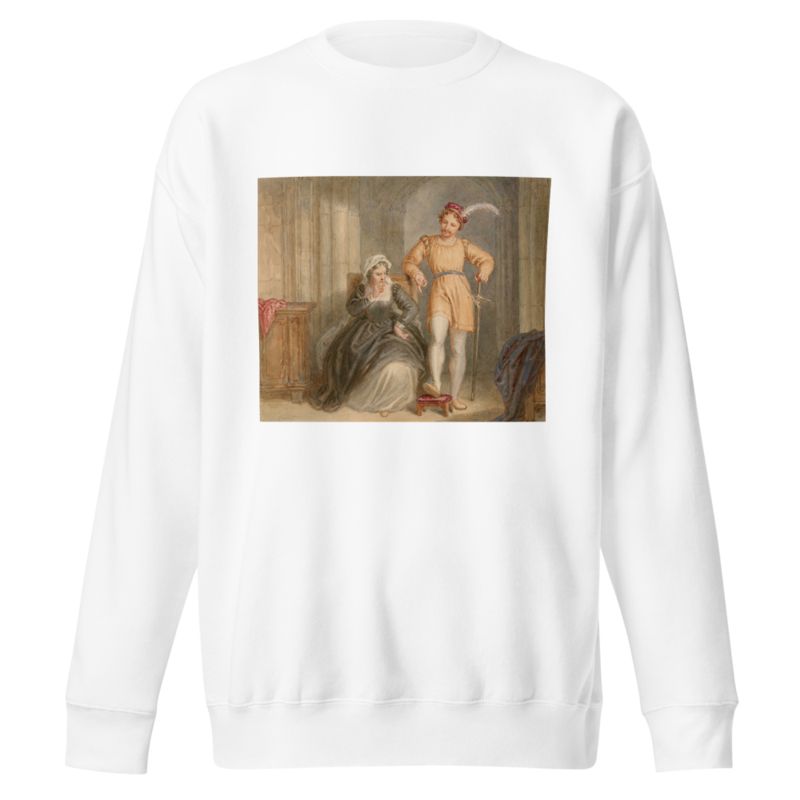
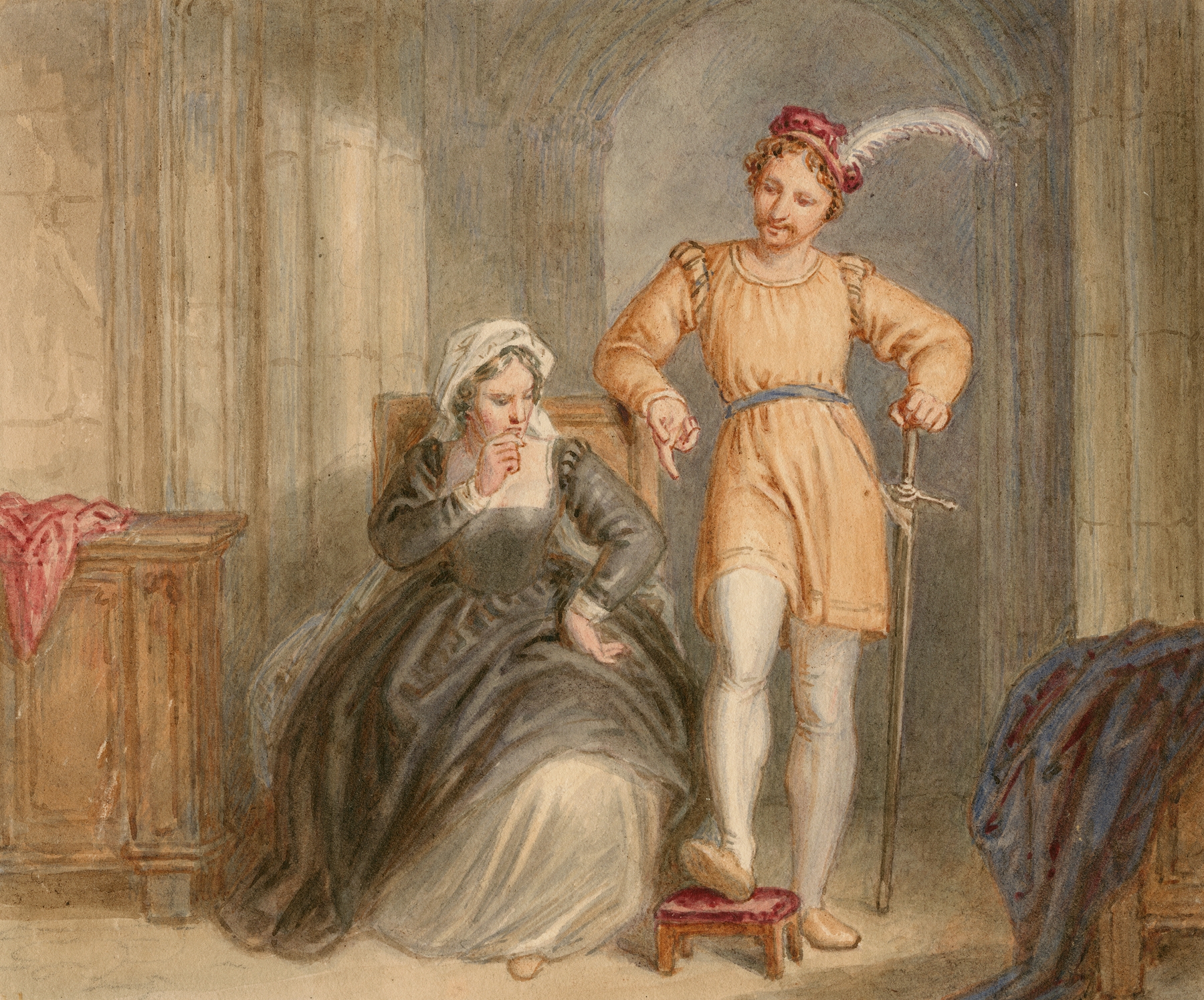
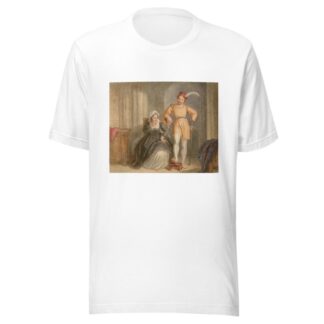
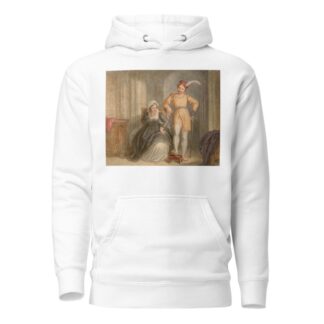
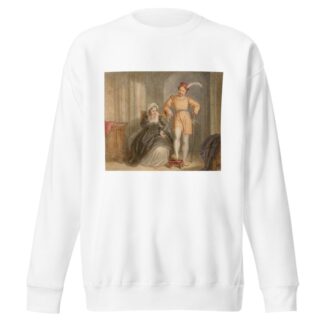
Reviews
There are no reviews yet.